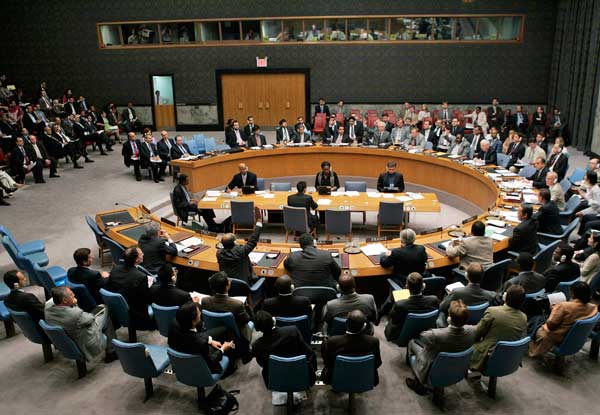WEHI postdoctoral researcher and cell biologist Dr Georgia Atkin-Smith has received a L’Oréal-UNESCO For Women in Science fellowship in honour of her exceptional contributions to the field of cell death.
Dr Atkin-Smith is one of five female researchers across Australia and New Zealand to be recognised in this year’s awards, receiving funding support for her research examining how and the removal of dying cells contribute to inflammatory disease.
Launched in 2007, the L’Oréal-UNESCO For Women in Science initiative aims to boost the representation of women in STEM, with the number of women in the field increasing by just 1 per cent between 2014-2019 in Australia.
At a glance
- WEHI postdoctoral researcher and cell biologist, Dr Georgia Atkin-Smith, awarded a prestigious L’Oréal-UNESCO For Women in Science fellowship to further cell death research.
- Fellowships aims to support pioneering scientists and boost the number of Australian women in STEM.
- Five researchers from Australia and New Zealand have been recognised for their outstanding contributions to science, receiving $25,000 towards their research programs.

L’Oreal-UNESCO Women In Science Fellowship t
o further her cell death research.
Every 10 seconds, about 10 million cells within our bodies die – a normal part of our body’s regulation needed to remove old, damaged or infected cells within the body.
Although the process is essential to keeping us healthy, it requires a fine balance.
Too much cell death can lead to neurological disorders like Alzheimer’s disease, where the cells in the brain degrade, while too little cell death may lead to the rapid expansion of cancer cells.
Dr Atkin-Smith said the fellowship would support her work exploring the relationship between dying cell removal and inflammation, while assessing how the body works to resolve inflammation.
“Being awarded a L’Oréal Women in Science Fellowship has been a goal of mine for many years and it’s truly humbling to receive this honour,” she said.
“The impact this will have in helping me solve crucial unknowns in the cell death field, while also providing me with a greater platform to hopefully inspire the next generation of female scientists, is truly exciting.”
Dying cells are removed by a specialized cell-type called phagocytes – essentially, the garbage truck cells of the body.
Once they have been instructed to die, our cells use an array of molecular messages to help their removal. This includes releasing ‘find me’ signals to tell the phagocyte where they are, and ‘eat me’ signals that tell the phagocyte which cell to eat.
The fellowship will support Dr Atkin-Smith’s research to discover new molecular factors that aid the recognition and removal of dying cells, and assess how the messages released by dying cells and phagocytes work together to maintain the perfect balance of inflammatory signalling.
“Cells don’t simply just give up and die, but they go out in fashion, with over 12 different ways that our individual cells can die,” she said.
“My research looks at how immune cells can remove dying cells, and the importance of this in preventing harmful inflammation and disease.”
The project will help improve understanding on how inflammation is caused, and importantly, how it is resolved. It aims to generate a foundation of new knowledge to maintain the correct balance of inflammation during disease.
The honour is the latest in Dr Atkin-Smith’s stellar achievements, including recognition in the Herald Sun’s 25 under 25, Young People to Watch and a Victorian Young Achievers People’s Choice Award.
She is currently using WEHI’s world-class imaging facilities to look at how leukemia can affect the cells that line blood vessels – a project that saw her recently awarded an NHMRC Investigator Grant.







